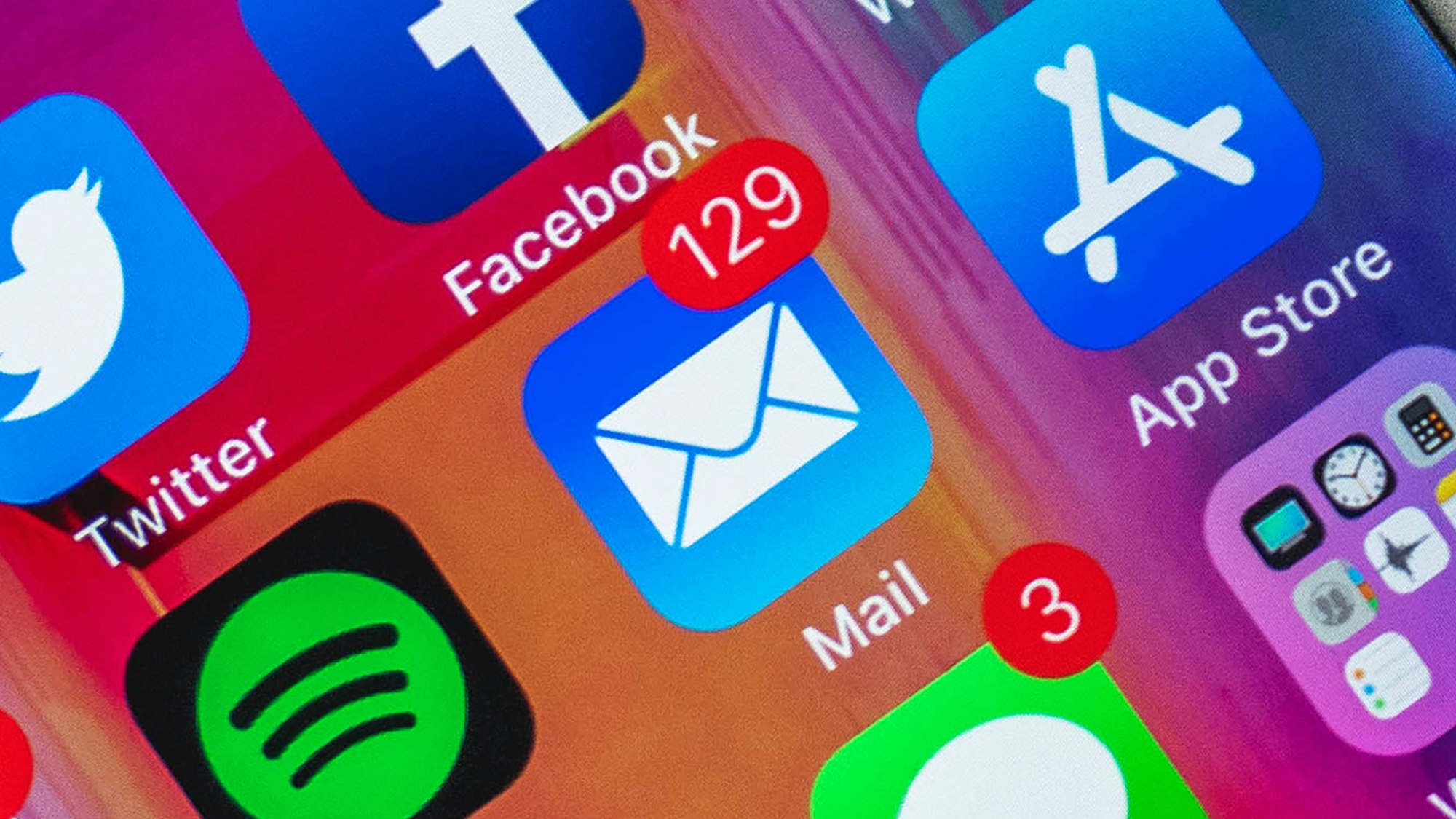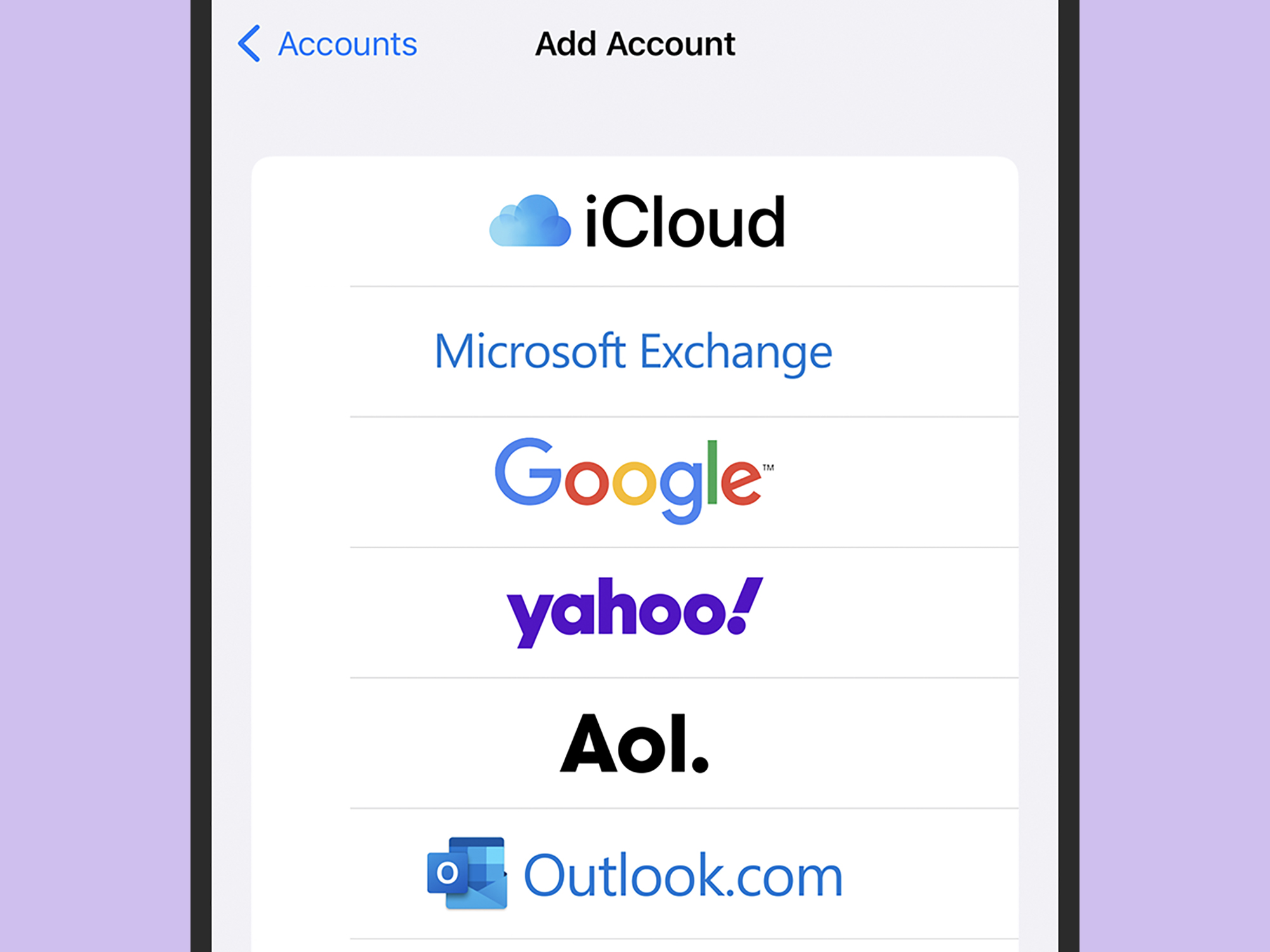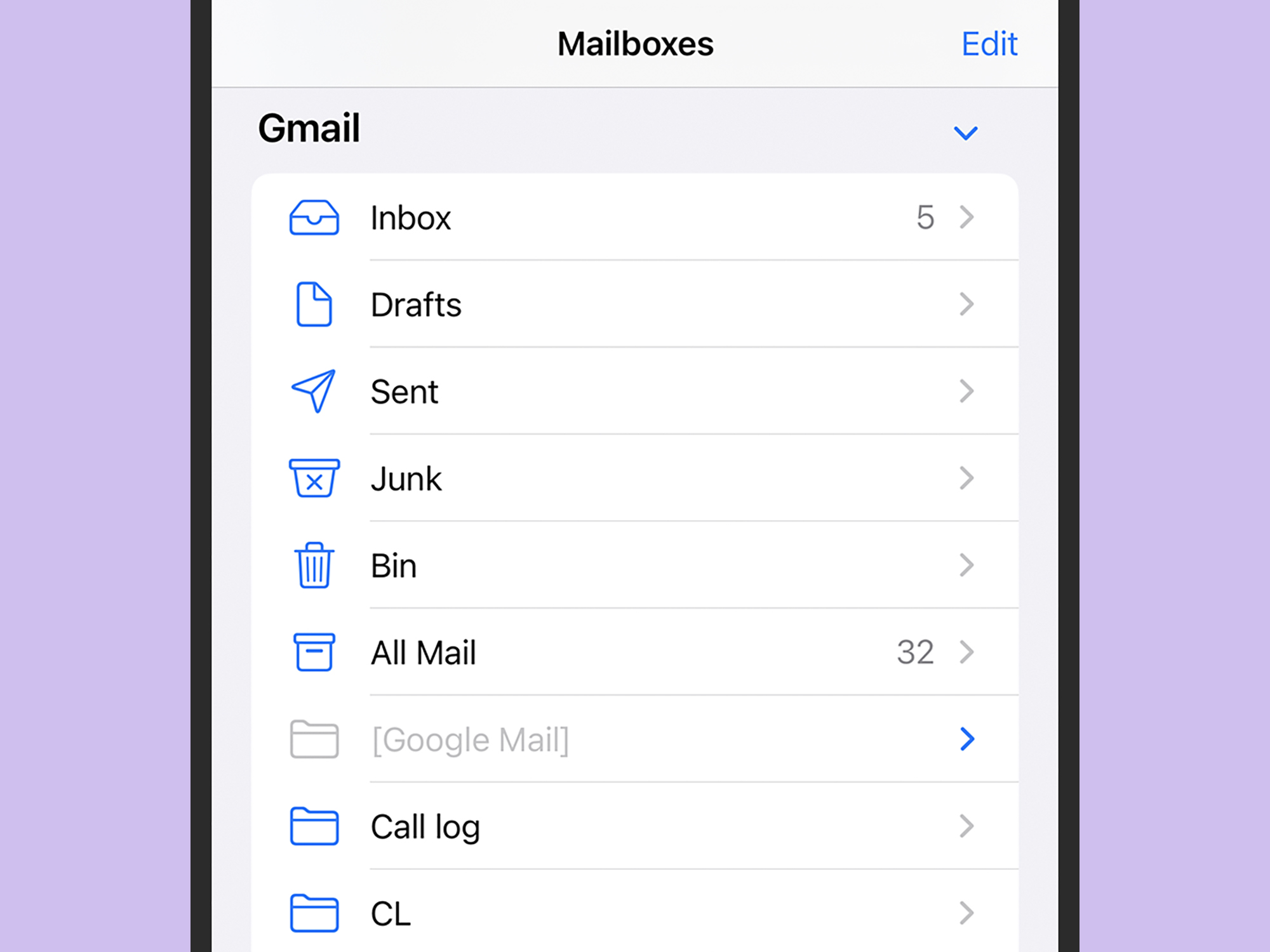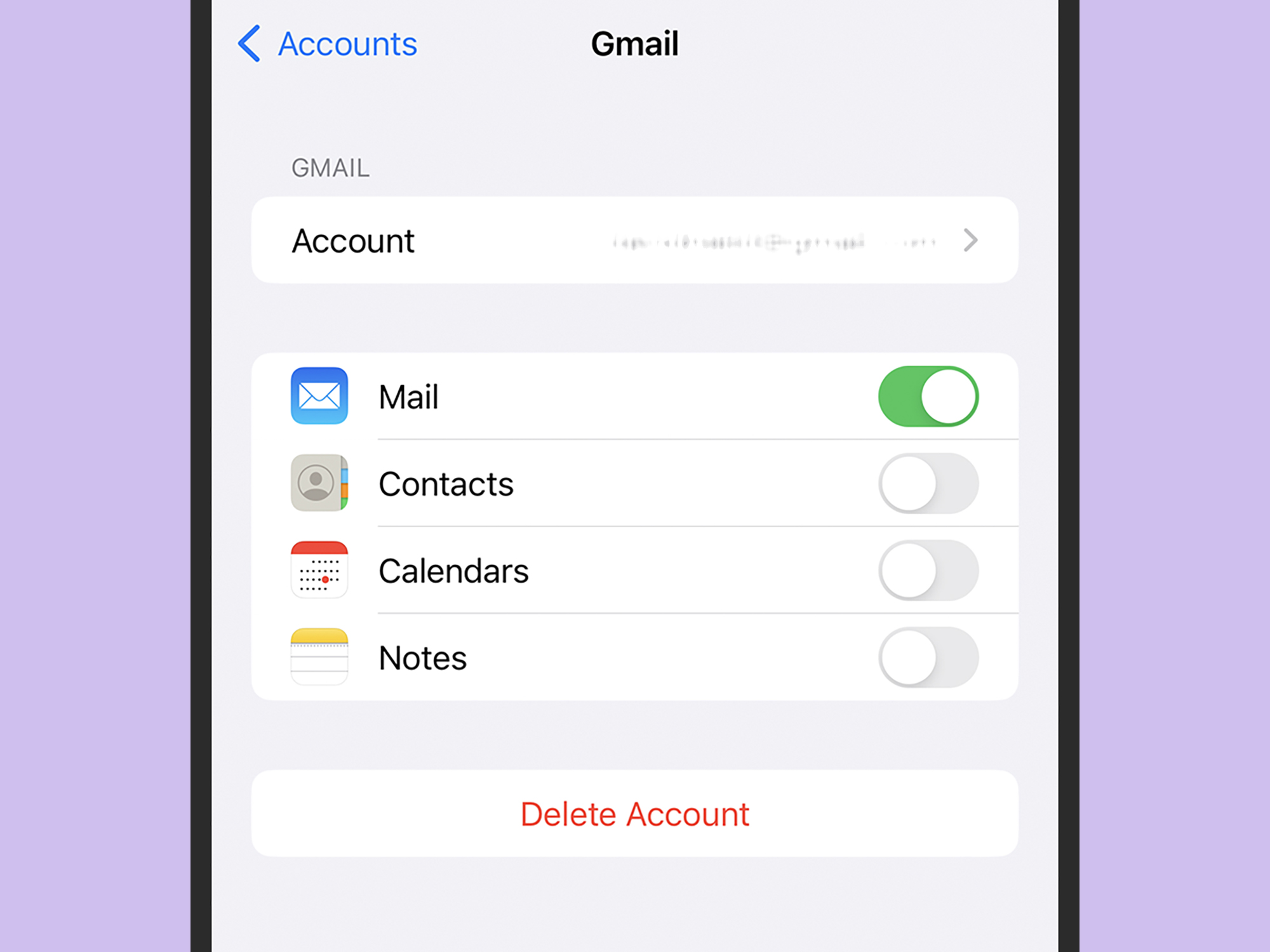

There are more differences among the best email apps than you might think—and just because you’ve used one for years doesn’t mean you should stick to the status quo. You may be able to do better.
Moving from Google to iCloud—from Gmail to Apple Mail, in other words—is one common switch. It’s particularly appealing if you’ve just purchased some new Apple hardware, as Apple’s iCloud services and Mail app work so well on iPhones, iPads, and Macs.
You can make the jump for free, without losing any of your messages. To get started, you’ll need to create an Apple ID, which includes an iCloud email address. You can do this from any Apple device or on the web.
How to add Gmail to Apple Mail and iCloud

First, you’ll need to get your Apple Mail apps scanning your Gmail account. To do this, Gmail needs to be set up to work with other programs. From Gmail on the web, click the cog icon (top right), then See all settings, and Forwarding and POP/IMAP. Make sure Enable IMAP is selected and leave the default settings in place underneath.
Next, you’ll need to get your Google emails inside Apple Mail. In the macOS Mail app, you can do this by choosing Mail and Add Account: Click Google, Continue, and follow the instructions to sign into your Gmail account. On an iPhone or iPad, open Settings, pick Mail, Accounts, Add Account, and Google, and sign in when prompted. This is a device-specific setting, so adding these emails to your Mac’s Mail app won’t add them to the iPhone version, and vice versa.
It will take some time for everything in your Gmail to show up in Apple Mail, especially if you’ve built up a large volume of messages, so be patient. However, the most recent emails should show up fairly quickly. Note that you can’t import these messages into Mail in iCloud on the web at the time of writing.
Copy messages to Apple Mail and iCloud

The steps you take next depend on what you want to do with your Gmail account. One option is to simply leave it in place alongside your iCloud account in Apple Mail. You can manage both mailboxes from the same app, sending and receiving messages using the two separate email addresses.
[Related: How to sync all your email accounts]
If you want to delete your Gmail account, on the other hand, you may want to copy some messages over to your iCloud account—otherwise these emails will be permanently wiped when your Gmail gets shut down. On a Mac, select the relevant messages in your Google mailbox, then drag them over to a folder in your iCloud mailbox. On an iPhone or iPad, find and select the messages to move, tap Edit and Move, and pick the destination folder in your iCloud mailbox.
This process deletes the emails from your Gmail account and moves them to your Mail account—the messages effectively transfer from Google’s servers to Apple’s servers. Unfortunately there’s no quick, automatic way for transferring everything, so you’ll have to be quite picky about which messages you want to bring with you or be prepared to spend a lot of time on the process.
Note that Apple Mail will show the labels you’ve created in Gmail when you import these messages, and will also show the messages that have been tagged as important and starred—see the left-hand navigation pane in Mail on macOS, and the main Mailboxes list in Mail for iOS and iPadOS. This can help you find priority emails that you’d like to transfer over more quickly.
Tidy up your Gmail account

You’ve got a few options when it comes to what you do with your Gmail account. You might want to set up an auto-reply message to tell people you’ve switched, mentioning your new iCloud address. To do this in Gmail on the web, click the cog icon (top right), then See all settings, General, and enable the Out of Office AutoReply on option before composing your message underneath.
There is also the option of deleting your Gmail account, if you’ve copied all the emails you need over to iCloud. First, remove it from Apple Mail: You can do this by choosing Mail and Accounts in the macOS Mail app, or by choosing Mail and Accounts in Settings on iOS or iPadOS. You’ll be able to select your Gmail account and remove it. You can then delete your Gmail account (or your entire Google account) from a web page Google built specifically for deleting its services.
You could also remove your Gmail mailbox from the Apple Mail app without deleting it entirely (so you could still check it on the web and in the Gmail app). In this case you may also want to set up Gmail to forward all incoming messages to your Apple Mail account. To do so in Gmail on the web, click the cog icon (top right), then See all settings, Forwarding and POP/IMAP, and Forward a copy of incoming mail.
